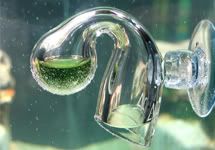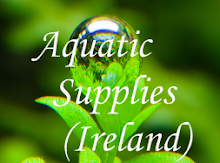Potassium Nitrate - 40g to 500ml of water and adding 10ml per 100L of water would give you 5ppm NO3. Potassium Phosphate - 15g to 500ml of water and adding 5ml per 100L of water would give you 1ppm PO4. Potassium Sulphate - 55g to 500ml of water and adding 10ml per 100L of water would give you 5ppm K. Magnesium Sulphate - 70g to 500ml of water and add 50ml once a week per 100L of water - this would give you 7ppm Mg. Tank volumes are in US gallons. To convert to UK gallons multiply these figures by 0.83 Your tank is 125L=33 us galls. 20-40 Gallons (76-152 litres) 20ml solution or 1/4 tsp KNO3 3x a week 12ml solution or 1/16 tsp KH2PO4 3x a week 5ml solution or 1/16 tsp K2SO4 3x a week5ml or 1/16 tsp traces 3x a week Sunday ....... 50% water change. Add KNO3, KH2PO4, K2SO4 Monday....... Add traces Tuesday...... Add KNO3, KH2PO4, K2SO4 Wednesday...... Add traces Thursday...... Add KNO3, KH2PO4, K2SO4 Friday...... Add traces Saturday...... Rest day Basics: You will need the ferts which I link you to from AE. KNO3,KH2P04,K2SO4 and magnesium Sulphate 4 x 500ml bottles. Mix ferts as per above and dose as above |
The one problem people tend to have is how to check how much c02 is in the tank. This can be done one of two ways.
|







